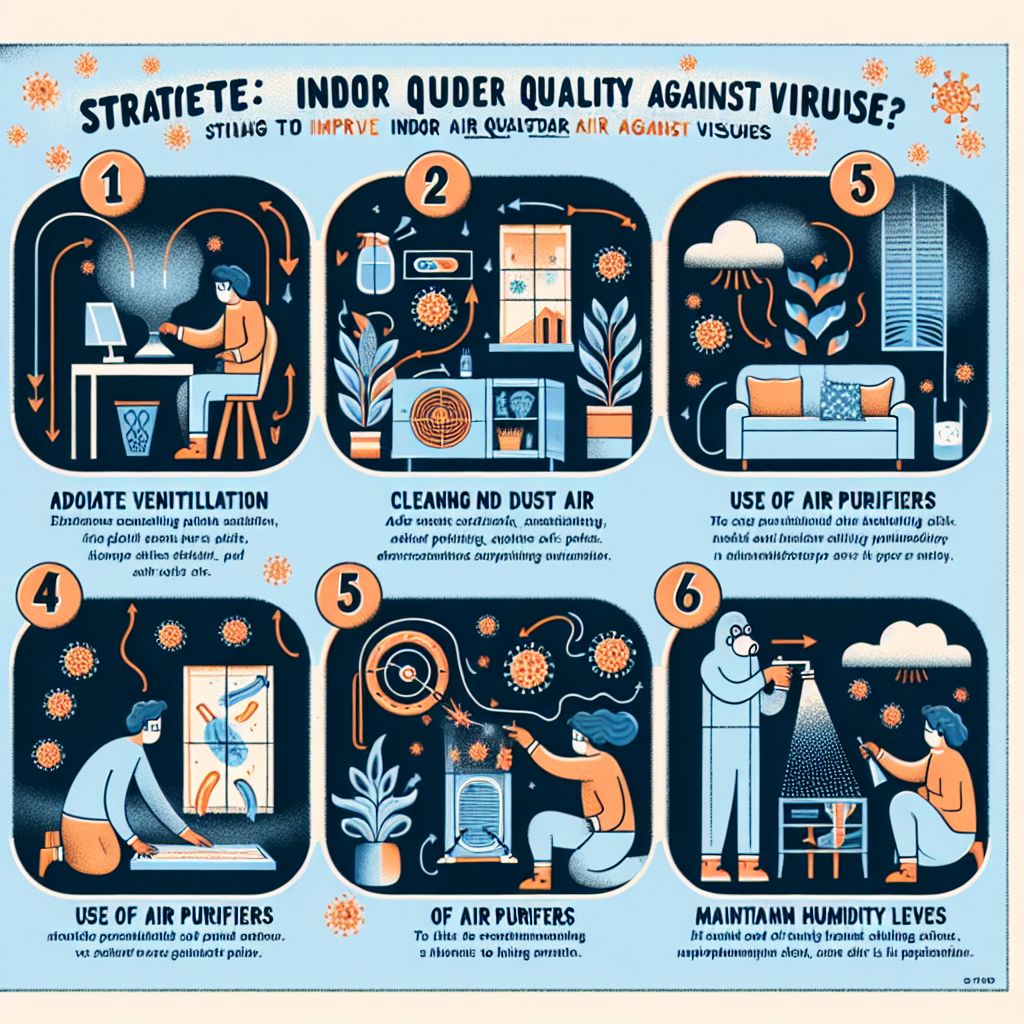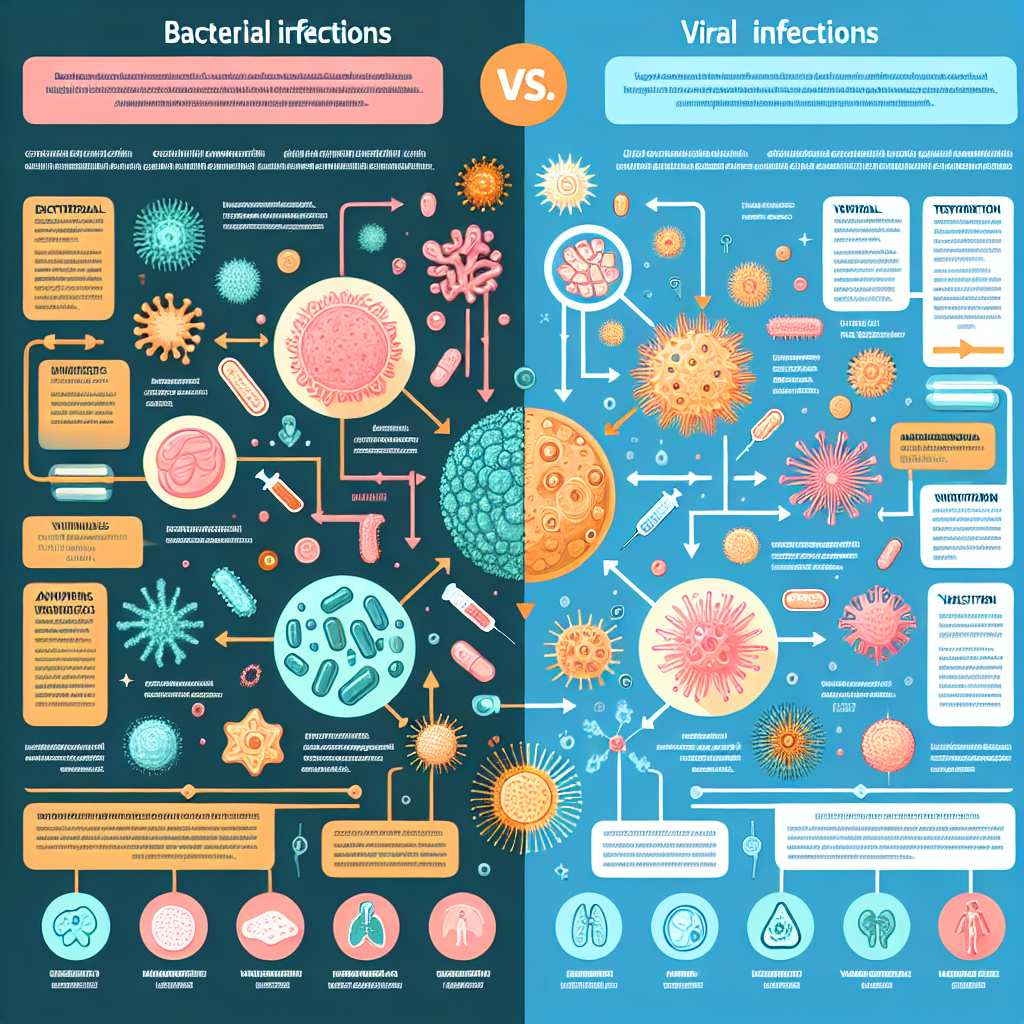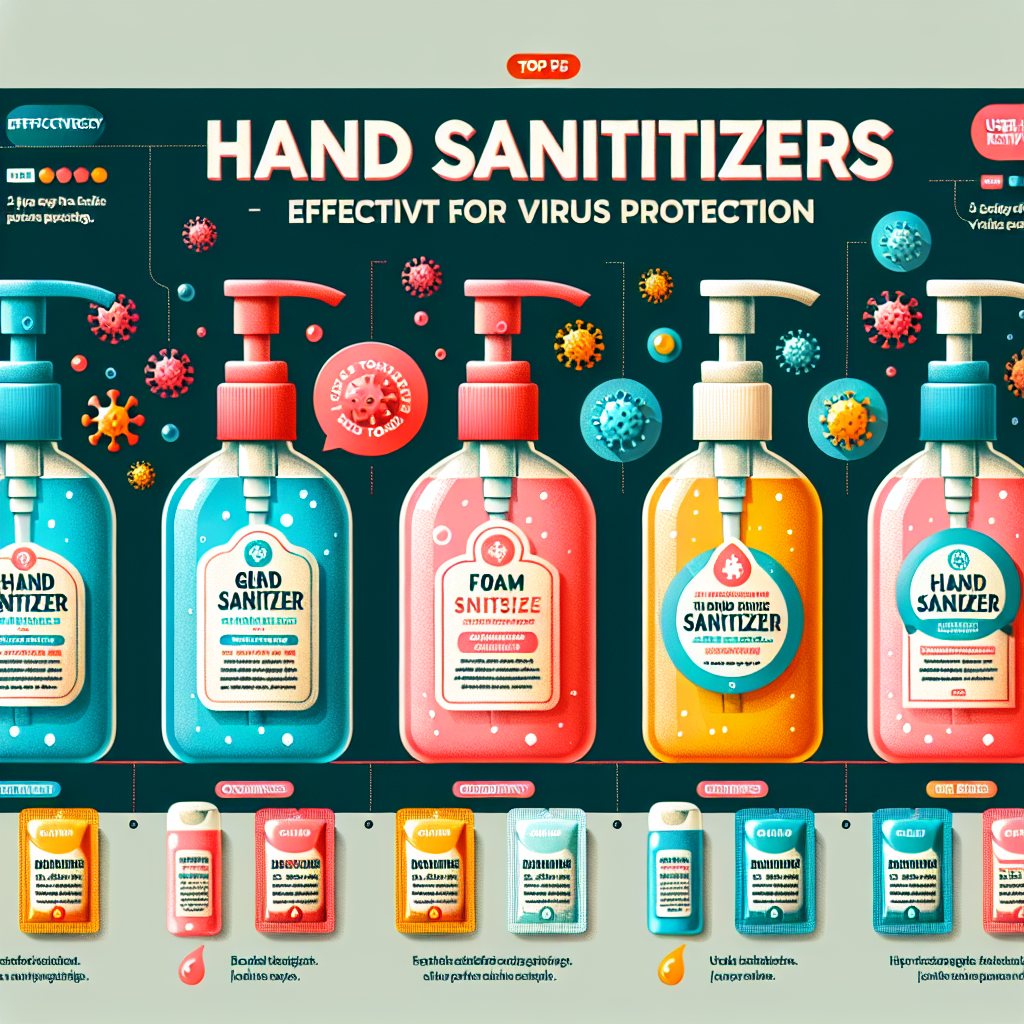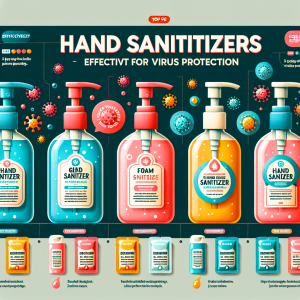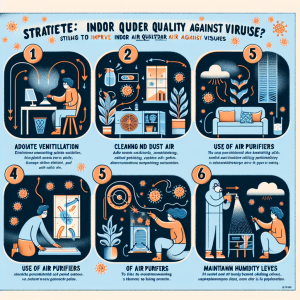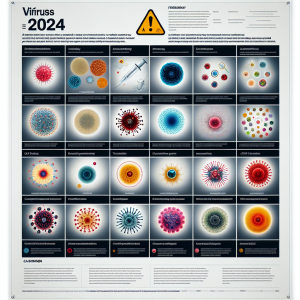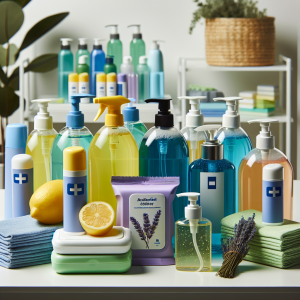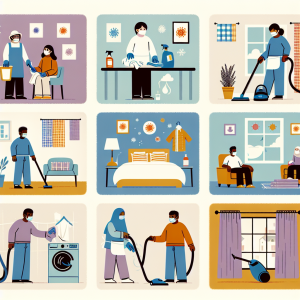How to improve indoor air quality against viruses
Indoor air quality (IAQ) has a direct impact on our health and well-being, especially in the context of airborne viruses. As we spend a significant portion of our lives indoors, ensuring that the air we breathe is clean and safe is crucial. Poor indoor air quality can lead to a range of health issues, from respiratory problems to exacerbated allergies, and in the current climate, the risk of virus transmission is a heightened concern. This article will explore effective strategies to improve indoor air quality, particularly against viruses, including ventilation techniques, the use of air purifiers, and best practices for maintaining clean environments.
Understanding Indoor Air Quality and Its Impact on Health
Indoor air quality refers to the condition of the air within buildings, particularly concerning the health and comfort of occupants. It is influenced by various factors, including the presence of pollutants, humidity levels, and temperature. A significant aspect of IAQ is its correlation with respiratory health; poor air quality can aggravate asthma, trigger allergies, and even increase susceptibility to infections. Understanding these impacts is vital for creating a healthier indoor environment.
Viruses, including those responsible for the common cold and influenza, can thrive in poorly ventilated spaces where air circulation is limited. When infected individuals expel respiratory droplets, these droplets can linger in the air or settle on surfaces, increasing the likelihood of transmission. The Centers for Disease Control and Prevention (CDC) has emphasized the importance of good indoor air quality as a preventive measure against the spread of respiratory viruses, making it essential for both public and private spaces to adopt effective strategies to mitigate these risks.
To combat the risks associated with poor IAQ, it is necessary to monitor and improve the quality of indoor air actively. This involves assessing pollutant levels, humidity, and temperature, and understanding how these factors interact with viral transmission. Regular assessments can help identify problem areas and allow for timely interventions, which can significantly improve health outcomes and reduce the risk of virus spread. For more information on the health effects of indoor air pollutants, consider visiting EPA Indoor Air Quality.
Effective Ventilation Strategies to Reduce Virus Concentration
One of the most effective ways to improve indoor air quality and reduce virus concentration is through proper ventilation. Adequate airflow helps dilute indoor pollutants and viruses, decreasing their overall concentration. This is particularly important in spaces that are densely populated or frequently occupied, such as offices, schools, and healthcare facilities. Implementing strategies such as opening windows, using exhaust fans, and enhancing HVAC systems can significantly improve air circulation and quality.
Mechanical ventilation systems play a crucial role in maintaining indoor air quality. These systems can be designed to filter and circulate outside air while exhausting stale indoor air. Ensuring that these systems are well-maintained and equipped with high-efficiency particulate air (HEPA) filters can help trap airborne viruses and particulate matter. Additionally, increasing the frequency of air exchanges per hour can further reduce the amount of airborne pathogens present in the indoor environment.
In spaces where traditional ventilation methods are not feasible, such as certain industrial settings or older buildings, portable air ventilation units can serve as a temporary solution. These units can effectively circulate air and promote better air mixing, contributing to overall improved air quality. For guidelines on ventilation strategies in different types of facilities, the CDC’s Ventilation Guidance is an excellent resource.
Utilizing Air Purifiers for Enhanced Virus Filtration
Air purifiers are an invaluable tool in the fight against airborne viruses, particularly when used in conjunction with effective ventilation strategies. Equipped with HEPA filters, these devices can capture up to 99.97% of particles as small as 0.3 microns, including viruses and other contaminants. In choosing an air purifier, it’s essential to select a model that is appropriately sized for the room, as this ensures maximum efficiency and effectiveness in improving air quality.
In addition to HEPA filters, some air purifiers incorporate technologies such as ultraviolet (UV) light and ionization, which can further enhance virus filtration. UV light has been shown to inactivate viruses, while ionizers can help neutralize airborne particles. However, it is crucial to note that not all air purifiers are created equal; potential buyers should research and select models that have been tested and proven effective against viruses. Resources such as the American Society of Heating, Refrigerating and Air-Conditioning Engineers (ASHRAE) provide valuable insights into the efficacy of various air cleaning technologies.
While air purifiers can significantly enhance indoor air quality, they should not replace other preventive measures such as good hygiene practices and vaccination against viral infections. When used as part of a comprehensive strategy, air purifiers can help create a safer indoor environment for all occupants. For detailed recommendations on air purifier selection, consider consulting Consumer Reports.
Best Practices for Maintaining Clean Indoor Environments
Maintaining a clean indoor environment is crucial for improving indoor air quality and reducing the risk of virus transmission. Regular cleaning and disinfection of high-touch surfaces—such as doorknobs, light switches, and electronic devices—are essential practices to reduce the presence of viruses. Using EPA-approved disinfectants and following the manufacturer’s instructions can effectively eliminate pathogens from these surfaces.
In addition to surface cleaning, regular dusting and vacuuming can significantly improve air quality. Dust and allergens can accumulate on surfaces and contribute to respiratory irritations. Employing a vacuum cleaner equipped with a HEPA filter can help trap small particles and prevent them from being released back into the air. Moreover, adopting a no-shoes policy indoors can reduce the amount of dirt and contaminants tracked inside, further improving indoor air quality.
Finally, promoting good indoor humidity levels—ideally between 30% and 50%—is essential for maintaining a healthy environment. High humidity can encourage mold growth, while low humidity can lead to dry air that irritates the respiratory tract. Using humidifiers or dehumidifiers as needed can help achieve optimal humidity levels, contributing to overall indoor air quality and reducing the likelihood of virus transmission.
Improving indoor air quality is a multifaceted approach that requires attention to ventilation, air purification, and regular cleaning practices. By understanding the relationship between indoor air quality and health, particularly concerning airborne viruses, individuals and organizations can take proactive steps to create safer indoor environments. Leveraging strategies such as effective ventilation, utilizing air purifiers, and maintaining cleanliness will not only enhance air quality but also contribute to the overall well-being of occupants. In a world that increasingly recognizes the importance of health and safety, investing in better indoor air quality is a crucial step toward a healthier future.
Top hand sanitizers for virus protectionSeasonal flu vaccine effectivenessLatest research on virus transmissionRelevant LinkRelevant LinkRelevant Link
